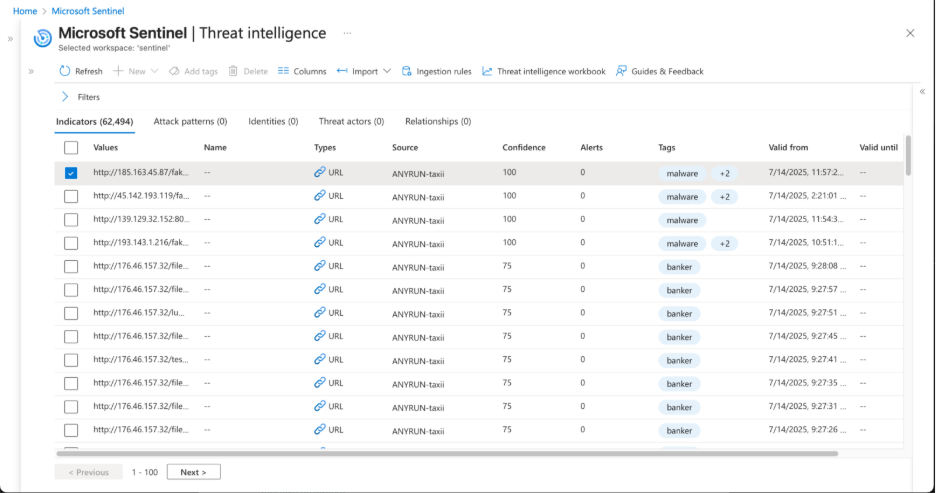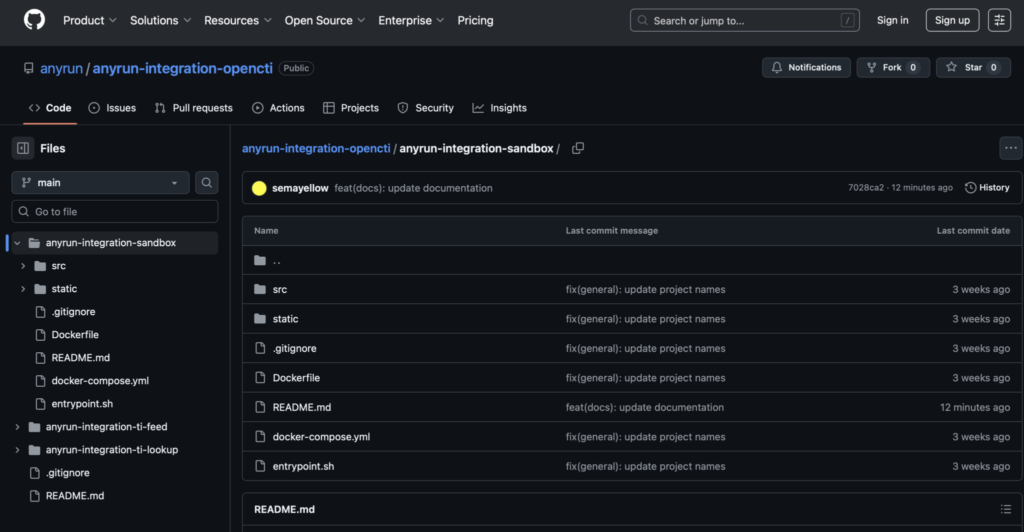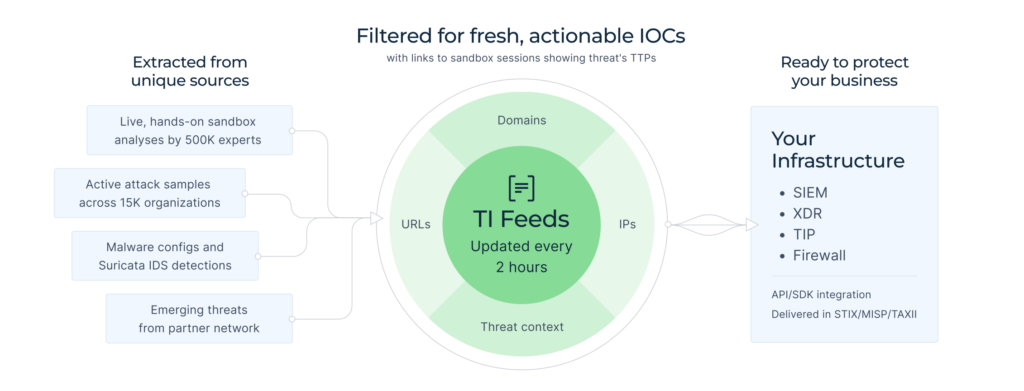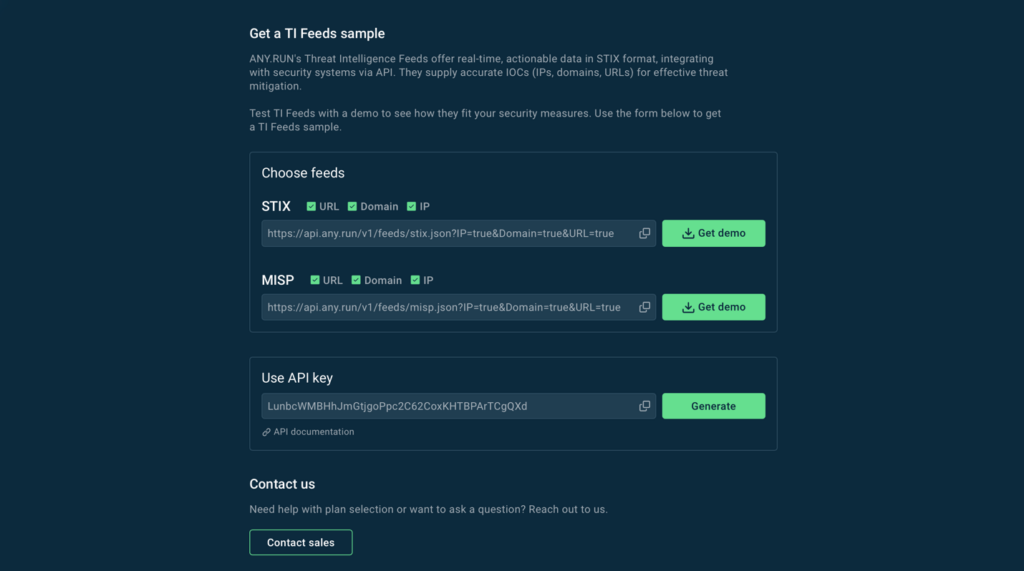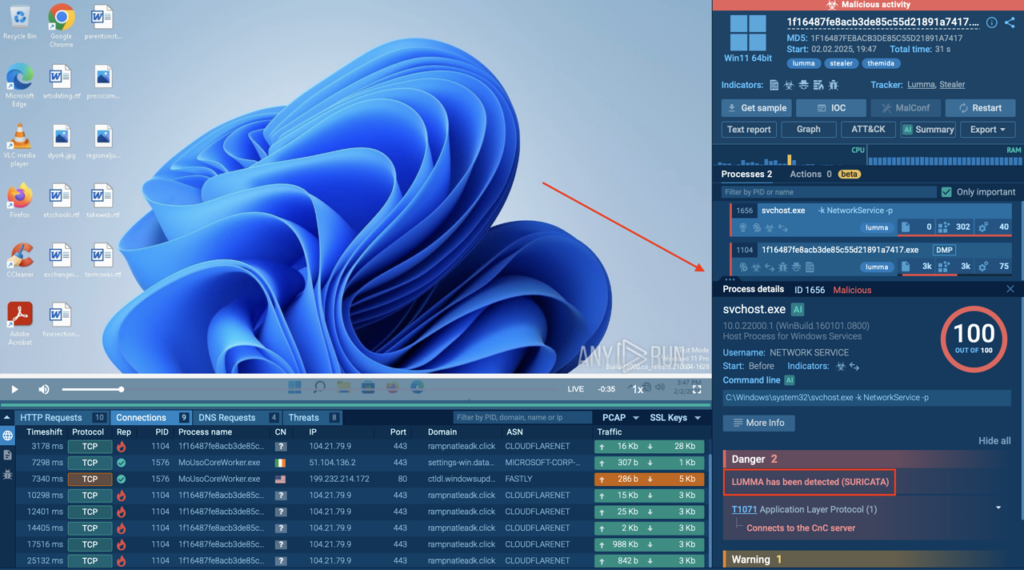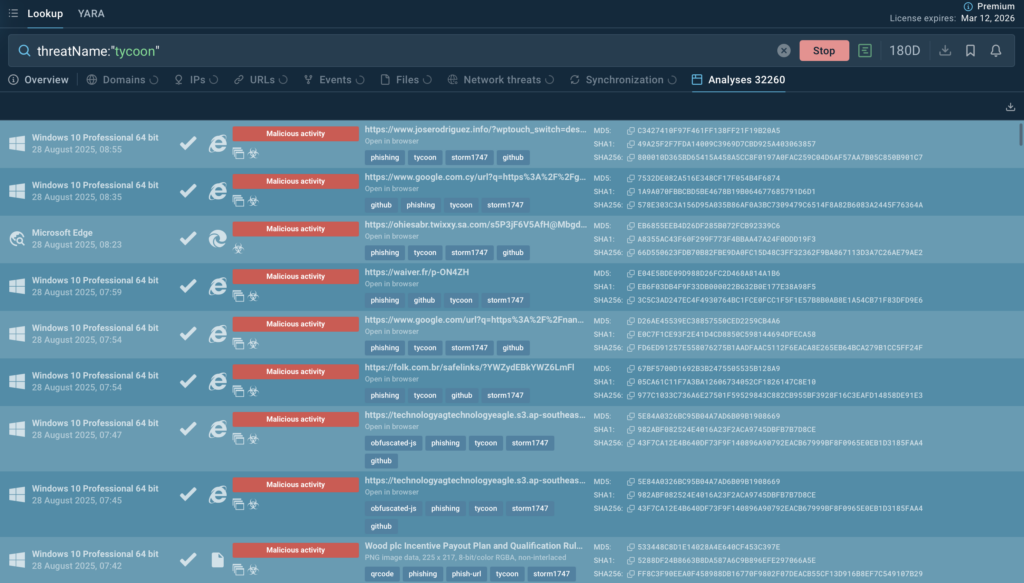From summer camp to grind season

Welcome to this week’s edition of the Threat Source newsletter.
This is the way the world ends
This is the way the world ends
This is the way the world ends
Not with a bang but a whimper. – T.S. Eliot
So this is how Summer Camp 2025 ends, not with a bang but a whimper. We’ve put the summer behind us and are moving on to the next phase of the year, where we all put our noses down and grind from here to the holiday season. Happy Grind Season 2025.
As you know, threat research never takes a day off, but I’m going to step in and remind you all to look at your calendars. Decide, here and now, to take some time before that holiday season so that you can take care of your mental health, because mental health is health.
This is doubly important if you lead a team of people. Take a minute and make sure that they are going to do the same. Ensure your entire team is taking care of themselves. In the end, you will all be better for it.
Since we are on the subject of mental health, I don’t know if anyone else has read this paper (Psychopathia Machinalis: A Nosological Framework for Understanding Pathologies in Advanced Artificial Intelligence), but I found it truly fascinating. It’s one of the things we, as security practitioners, need to be cognizant of as we go forward with our AI tooling and efforts to protect against AI threats.
“As artificial intelligence (AI) systems attain greater autonomy and complex environmental interactions, they begin to exhibit behavioral anomalies that, by analogy, resemble psychopathologies observed in humans.”
The behavior of an evolving AI, and the psychosis it could present, is a touch-point to the long-standing problematic internal employee. This creates an interesting dynamic for defense and strategies within the evolving internal landscape.
I think understanding this presented framework can go a long way in identifying the types of behaviors that lead to malicious activity — not unlike understanding employee behavior. Stay ahead of the curve and prepare for not only a hallucinated package from an internal AI tool but perhaps a revelation that leads to new and interesting malicious behaviors.
The one big thing
In the latest episode of The Talos Threat Perspective, we explore three vulnerabilities that Talos researchers uncovered (and helped to fix) this year which highlight how attackers are pushing past the boundaries defenders rely on. One lived in the security chip within Dell laptops’ firmware, another in Microsoft Office for macOS permissions and the third in small office/home routers.
Why do I care?
These aren’t just isolated issues. The Dell vulnerability showed that even a clean Windows reinstall isn’t always enough to kick out an attacker. The Office for macOS issue demonstrated how adversaries can “borrow” sensitive permissions like microphone access from trusted apps. And compromised routers allowed attackers to blend in with legitimate ISP traffic, making malicious connections hard to spot. Each case reveals current attacker creativity levels.
So now what?
Take a closer look at the research:
- Watch the full Talos Threat Perspective episode here: TTP Ep14: Persistence, Privilege & Camouflage
- Read Philippe’s blog on the Dell firmware vulnerabilities: Revault: When your SOC turns against you
Top security headlines of the week
TransUnion says hackers stole 4.4 million customers’ personal information
TransUnion is one of the largest credit reporting agencies in the United States, and stores the financial data of more than 260 million Americans. They confirmed that the stolen PII includes customers’ names, dates of birth, and Social Security numbers. (TechCrunch)
Google warns that mass data theft hitting Salesloft AI agent has grown bigger
Google is advising users of the Salesloft Drift AI chat agent to consider all security tokens connected to the platform compromised following the discovery that unknown attackers used some of the credentials to access email from Google Workspace accounts. (Ars Technica)
High-severity vulnerability in Passwordstate credential manager
Passwordstate is urging companies to promptly install an update fixing a high-severity vulnerability that hackers can exploit to gain administrative access to their vaults. (Ars Technica)
JSON config file leaks Azure ActiveDirectory credentials
A publicly accessible configuration file for ASP.NET Core applications has been leaking credentials for Azure ActiveDirectory (AD), potentially allowing cyberattackers to authenticate directly via Microsoft’s OAuth 2.0 endpoints and infiltrate Azure cloud environments. (Dark Reading)
WhatsApp zero-day exploited in attacks targeting Apple users
Tracked as CVE-2025-55177 (CVSS score of 5.4), an attacker could have exploited the issue to trigger the processing of content from arbitrary URLs, on the victims’ devices, WhatsApp’s advisory reads. (SecurityWeek)
Can’t get enough Talos?
Cisco: 10 years protecting Black Hat
Cisco works with other official providers to bring the hardware, software and engineers to build and secure the Black Hat USA network: Arista, Corelight, Lumen, and Palo Alto Networks.
Tales from the Black Hat NOC
How do you build and defend a network where attacks are not just expected, but a part of the curriculum? Hazel sits down with Jessica Oppenheimer to learn more.
Static Tundra exposed
A Russian state-sponsored group, Static Tundra, is exploiting an old Cisco IOS vulnerability to compromise unpatched network devices worldwide.
Upcoming events where you can find Talos
- BlueTeamCon (Sept. 4 – 7) Chicago, IL
- LABScon (Sept. 17 – 20) Scottsdale, AZ
- VB2025 (Sept. 24 – 26) Berlin, Germany
Most prevalent malware files from Talos telemetry over the past week
SHA 256: 41f14d86bcaf8e949160ee2731802523e0c76fea87adf00ee7fe9567c3cec610
MD5: 85bbddc502f7b10871621fd460243fbc
VirusTotal: https://www.virustotal.com/gui/file/41f14d86bcaf8e949160ee2731802523e0c76fea87adf00ee7fe9567c3cec610/details
Typical Filename: N/A
Claimed Product: Self-extracting archive
Detection Name: Win.Worm.Bitmin-9847045-0
SHA 256: 9f1f11a708d393e0a4109ae189bc64f1f3e312653dcf317a2bd406f18ffcc507
MD5: 2915b3f8b703eb744fc54c81f4a9c67f
VirusTotal: https://www.virustotal.com/gui/file/9f1f11a708d393e0a4109ae189bc64f1f3e312653dcf317a2bd406f18ffcc507
Typical Filename: VID001.exe
Claimed Product: N/A
Detection Name: Win.Worm.Coinminer::1201
SHA 256: c67b03c0a91eaefffd2f2c79b5c26a2648b8d3c19a22cadf35453455ff08ead0
MD5: 8c69830a50fb85d8a794fa46643493b2
VirusTotal: https://www.virustotal.com/gui/file/c67b03c0a91eaefffd2f2c79b5c26a2648b8d3c19a22cadf35453455ff08ead0
Typical Filename: AAct.exe
Claimed Product: N/A
Detection Name: PUA.Win.Dropper.Generic::1201
SHA 256: 186aa2c281ca7bb699ce0b48240b7559a9ac5b0ba260fb78b81ec53249548f62
MD5: bfc168a01a2b0f3cd11bf4bccd5e84a1
VirusTotal: https://www.virustotal.com/gui/file/186aa2c281ca7bb699ce0b48240b7559a9ac5b0ba260fb78b81ec53249548f62
Typical Filename: PDFSkills_Updater.exe
Claimed Product: PDF Skills
Detection Name: Win64.Application.Agent.W2MG0A
SHA 256: 83748e8d6f6765881f81c36efacad93c20f3296be3ff4a56f48c6aa2dcd3ac08
MD5: 906282640ae3088481d19561c55025e4
VirusTotal: https://www.virustotal.com/gui/file/83748e8d6f6765881f81c36efacad93c20f3296be3ff4a56f48c6aa2dcd3ac08
Typical Filename: AAct_x64.exe
Claimed Product: N/A
Detection Name: PUA.Win.Tool.Winactivator::1201
Cisco Talos Blog – Read More

